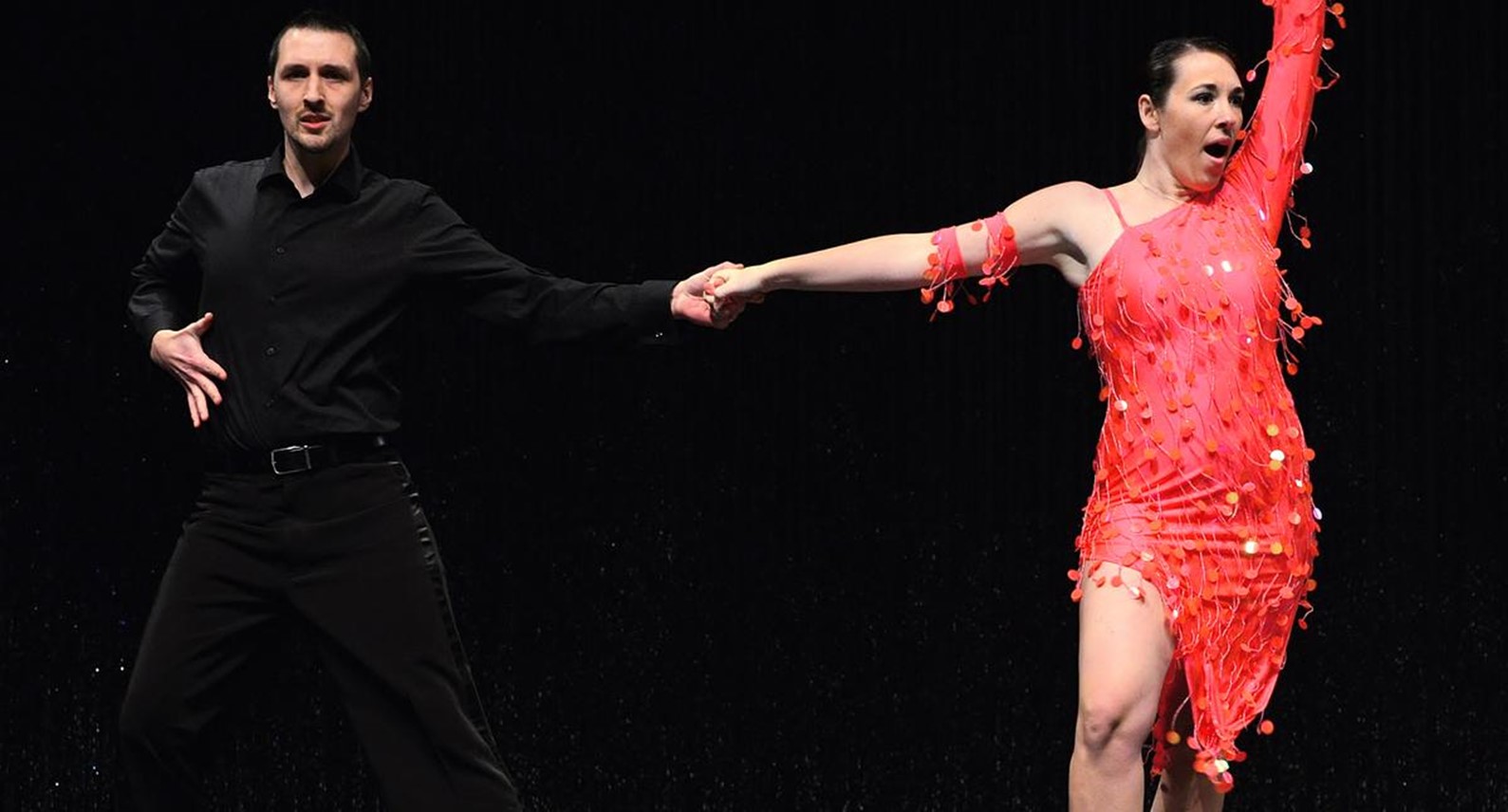7 Salsa Dancing Facts Any Salsa Enthusiast Must Know!

Hello, fellow salsa enthusiasts! Whether you’re new to the scene or a seasoned pro, there’s always something new to learn about this beloved dance style. In this post, we’ll dive into seven interesting facts about salsa that you probably weren’t aware of.
Being a salsa dancer myself, I was a bit surprised when I learned some of these facts, so I thought I’d share them with you. From its origins to the different styles, it turns out there’s so much more to the world of salsa than meets the eye.
#Fact 1: Salsa has its roots in Cuba
Salsa originated in the Caribbean in the first decades of the 20th century, specifically in Cuba and Puerto Rico. It drew its influences from a variety of dance styles and rhythms, including Cuban-son, tango, and Afro-Cuban rumba. Over time, salsa has evolved and changed, with different regions and cultures putting their own spin on the dance.
#Fact 2: It was largely developed in New York
While salsa started as a street dance and was largely practiced in Latin America, it didn’t become established until it gained massive popularity in New York in the 1960s. Heavily popularized by the Cubans and Puerto Ricans who had relocated to the city at the time, it later became a formal school of dance with the help of salsa legends like Eddie Torres.
#Fact 3: Salsa dance only exists because of the music
The essence of salsa dancing was inspired by a style of music that originated in Cuba and spread to Havana in the early 20th century. Best classified as Afro-Cuban music, this genre spread throughout Latin America and was largely enjoyed by Hispanic communities before the word “salsa” was even formed. Salsa music typically features a fast tempo, with a mix of percussive instruments, horns, and piano. The beat is infectious and impossible to resist moving to.
#Fact 4: Salsa has several dance styles based on location
There are at least 6 different dance styles of salsa. Some of the most popular styles include New York, Cuban, Los Angeles, and Colombian styles. Each style has its own unique flavor, with different footwork patterns, turn patterns, and body movements.
“The biggest difference between the styles of dance is the beat counts. The most popular beat count taught in the US is “on 1” which is considered Los Angeles style. This style starts the move on the first beat of an eight-count measure. “On 2” style is referred to as New York style and begins the move on the second beat of the eight-count measure. The two styles are mechanically similar, but the rhythm varies.”
#Fact 5: New York-style salsa is all about precision and technique
New York-style salsa is known for its precise footwork and sharp turns. It’s a style that’s heavily influenced by mambo, with dancers incorporating intricate patterns and fast footwork into their routines. If you’re looking to challenge yourself and improve your technique, New York-style salsa is a great place to start.
#Fact 6: Cuban-style salsa is all about the hips
Cuban-style salsa, also known as Casino, is all about the hips. Dancers do a lot of spinning and turning, with a focus on the hips and torso. The footwork is less complex than in New York-style salsa, but the body movements are more exaggerated and fluid.
#Fact 7: Salsa is a great workout

If you’re looking for a fun way to stay in shape, salsa dancing is a great option. Not only is it a fun and social activity, but it’s also a great workout. Dancing salsa can burn up to 400 calories per hour, and it’s a full-body workout that targets your legs, core, and arms.
Salsa dancing is rich in history, culture, and fun. Apart from being an engaging activity and an effective workout, you’ll find it’s also a great way to meet new people. Whether you’re taking a salsa class, attending a social event, or just dancing at a club, there are always avenues to start a new adventure and have a really good time. So I’ll encourage you to start your salsa journey today and know what it’s like to have the world at your feet!
